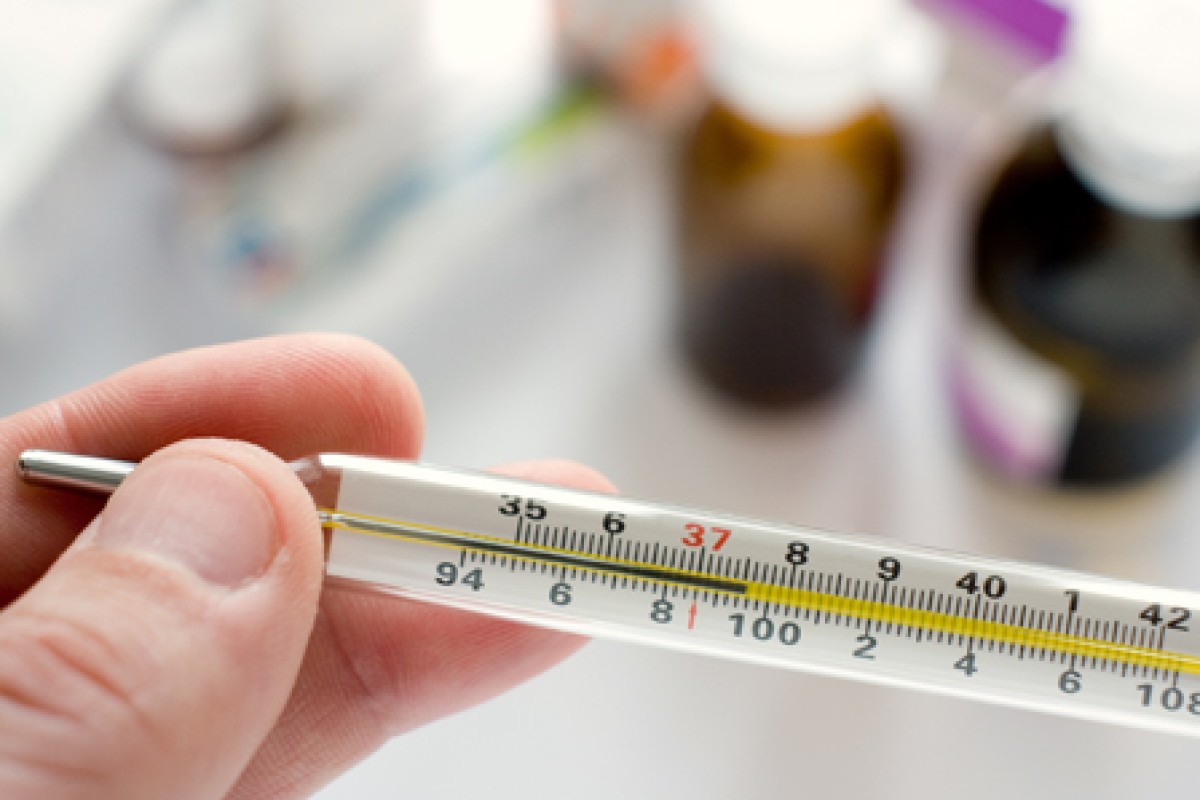
Temperature changes in cells can show if they are a danger

The typical mercury thermometer was invented by scientist Daniel Gabriel Fahrenheit in 1714. It relies on temperature causing changes to the volume of mercury. Mercury in a narrow tube expands and takes up more space when it is warm.
However, some countries limit the use of mercury to protect the environment and public health. This reduces the amount of mercury waste released.
Other technologies can measure temperatures. Your mum or dad may ask you to hold a device called a thermo-resistor under your tongue. This measures temperatures, too. The device's resistance (or level of opposition to passing an electric current) is influenced by temperature. Any changes can be seen on a small screen which shows your body temperature.
Another technique senses the infrared emissions - given off by all warm objects - that come from a person's eardrum.
In nature, cells are very small, about a millionth of a centimetre in size. So we can't use any of these big tools to measure their internal temperature.
However, scientists at Harvard University, in the United States, and City University of Hong Kong have developed a tiny nano-tool. It uses diamond particles to probe temperature changes in a living cell. This work was reported in an article in August's Nature journal.
This new technology is at least 10 times more sensitive than other existing techniques.
It can measure temperature changes as small as 1.8 millikelvin, or less than two-thousandths of a Celsius degree.
Some scientists and I are now exploring the use of such nano-thermometers on thermal therapy, particularly for cancer. We can identify cancer cells by looking at changes in temperature. It is challenging work, but once we can use this technique in biomedical sciences, it will be very useful to society.